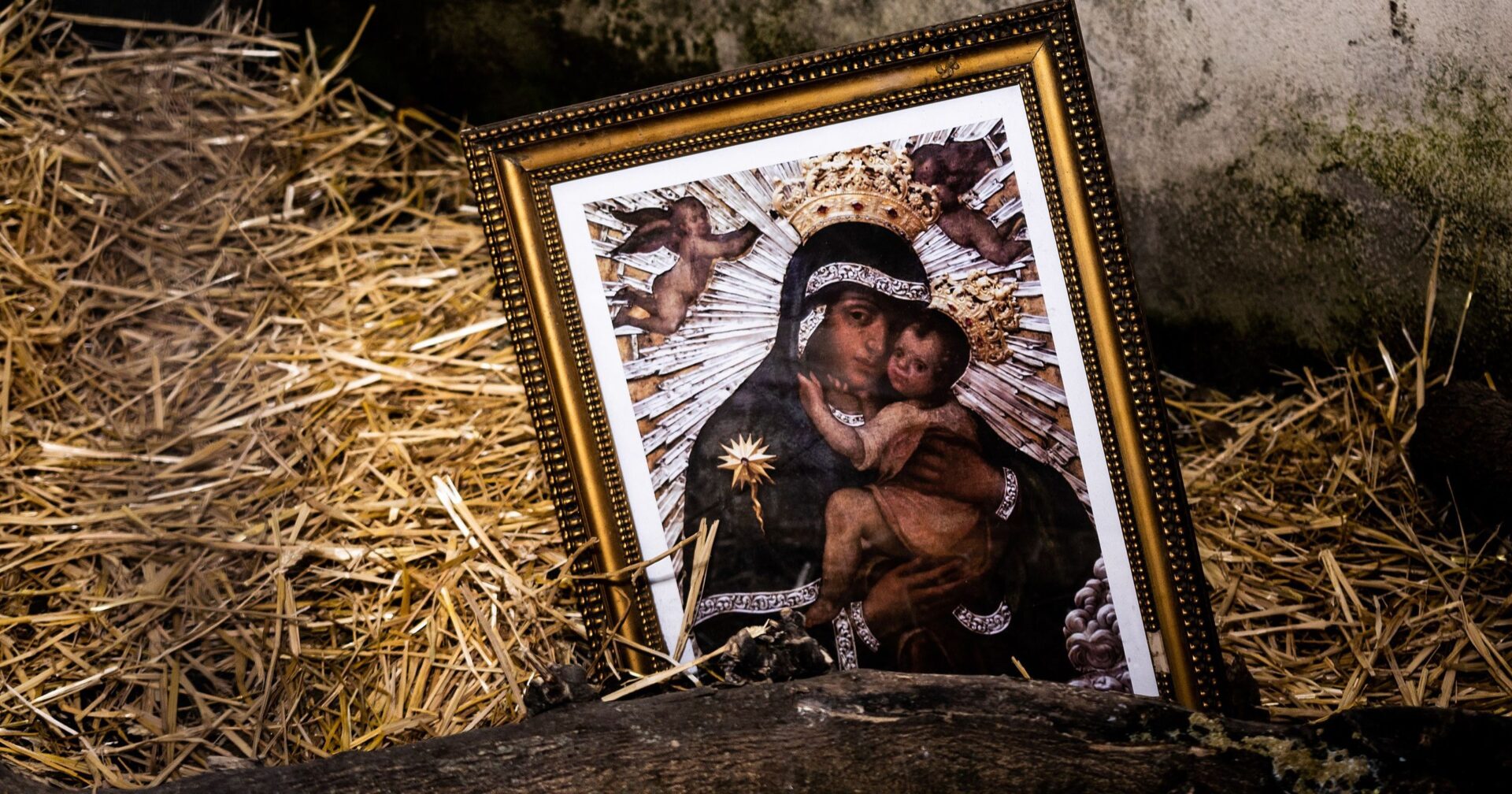The Feast of Our Lady of the Hens, also known as the Madonna of the Hens is a cherished annual event blending religious and cultural elements in Pagani, Campania.
Legend has it that a wooden panel portraying the Virgin of Carmel was housed in a mountain church in Tramonti. The Madonna appeared in a dream to the sacristan, requesting him to tell the priest to fix the decaying church or she would leave for a town where “even the hens” would adore her. The priest, however, ignored the message, which led to a powerful storm washing the painting downstream to Pagani.
In the 16th century, on the Octave Day of Easter, hens discovered the small wooden panel in a chicken coop. The painting is attributed with eight miracles, the first occurring in 1609 when a disabled man dreamt of the Madonna and was healed. This miracle drew attention to the painting, and between 1609 and 1610, seven more miracles followed, strengthening devotion to the ‘Madonna of the Hens.’
To honor the miracles, a more fitting church was built to house the painting, which was replicated on canvas due to the original’s deterioration. In August 1786, a decree announced that the chapter of Saint Peter in the Vatican would crown the ‘Madonna delle Galline’ in gratitude for Mary’s protection.
On the festival’s Monday morning, musicians called tammorrari express their gratitude and submission to the Madonna before exiting the sanctuary, singing a traditional song. The celebration includes feasting on traditional Easter dishes, such as tortano, tagliolini with ragù, savory pies, and grilled stuffed artichokes.
The Central Institute for DemoEtnoAntropology recognizes the event as an Intangible Cultural Heritage of Italy.
Photo credit: IgnazioWiki via Wikimedia Commons














